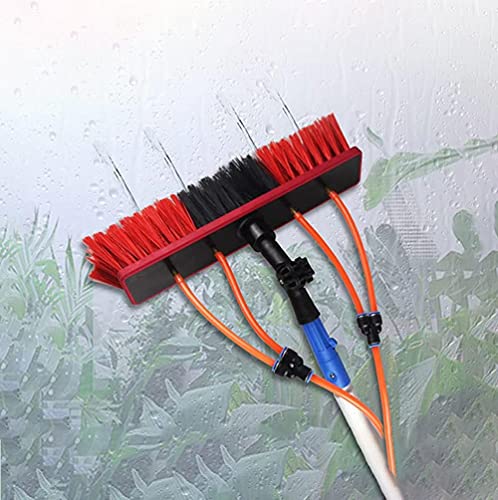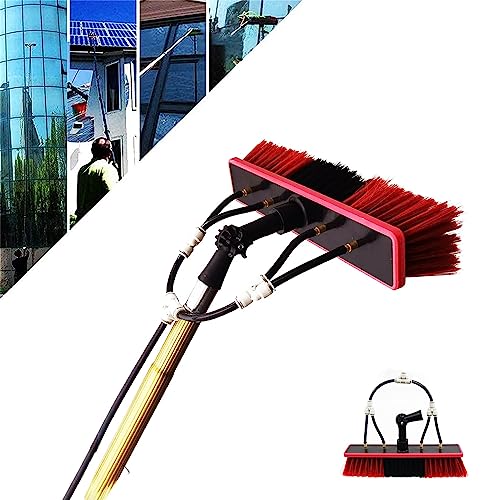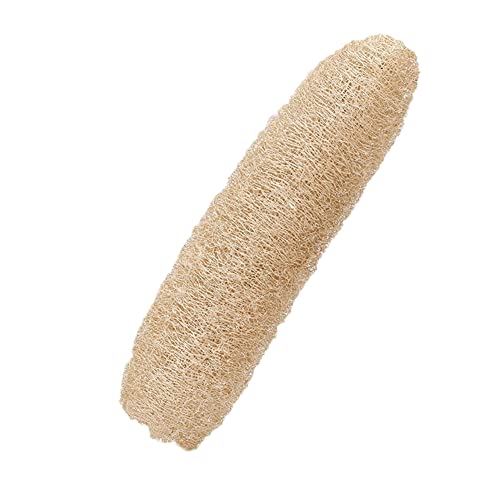Ian Sheppard
Well-known member
- Messages
- 257
- Location
- Crowborough
Hi Edward yes if the hose is restricted inside the pole that would cause the higher pressure and the Pump PS to activate.Thankyou very much Ian for this useful information. my controller flow rate ranges between 0-10. Even if you have it on 10 and battery at max it wont flush it through fully(the PS light comes on). To be fair though I wouldn't use between 7-10 as it would use much more water. I find the 10 is useful just to flush your pump through of air when the reel is disconnected. One thing I have noticed which I think I may have figured the problem. My section 1 on my gardiner pole has ground down that much I have the clamp on really tight and I feel like its constricting the hose inside the pole which could be affecting the PS light. I need to replace it asap really as it's been like this while. I loosened it off and it seemed to do the trick with my controller but I couldn't work with it as it was too loose. I wonder if this is the actual problem?
You may also find that the newer hose does not expand as much as your previous hose and that running at 10 flow means pressure in the hose is high and the pressure switch activates. The amount of water the pump produces at a flow of around with the controller set at 6 or 7 is about the same as running at 10 because the hose restricts how much water can pass through.































